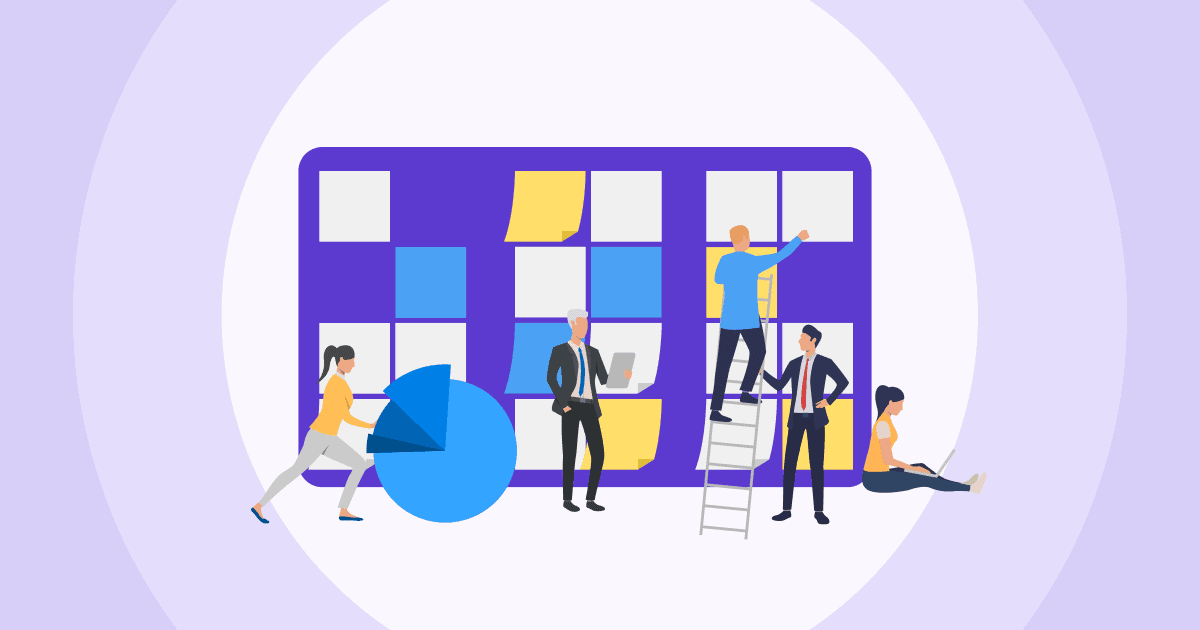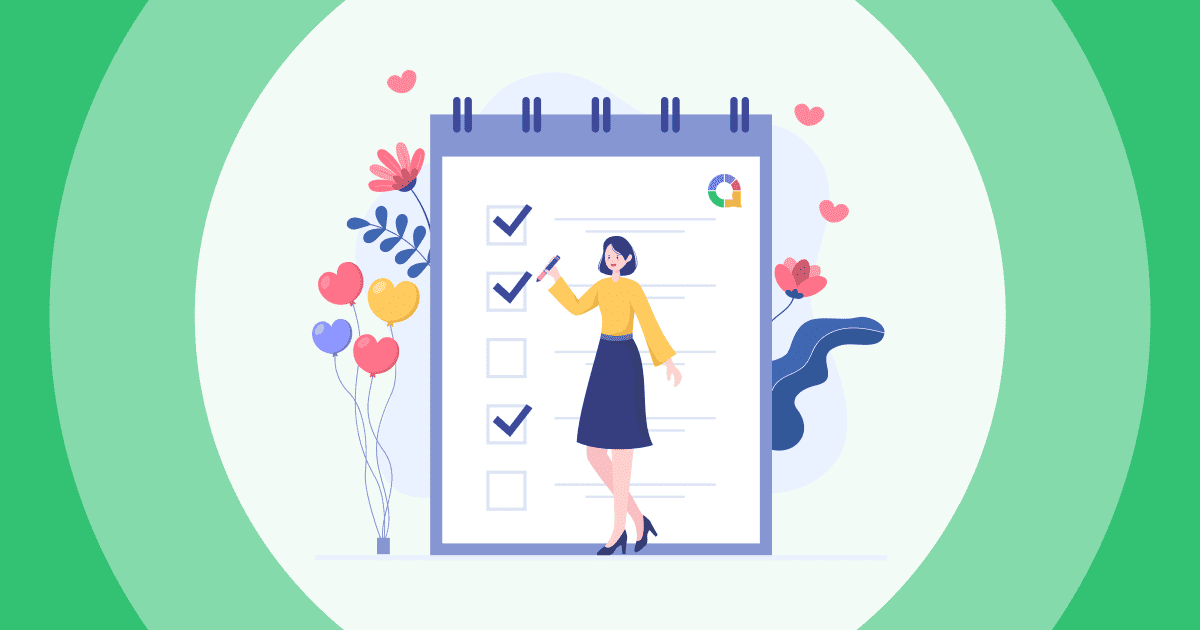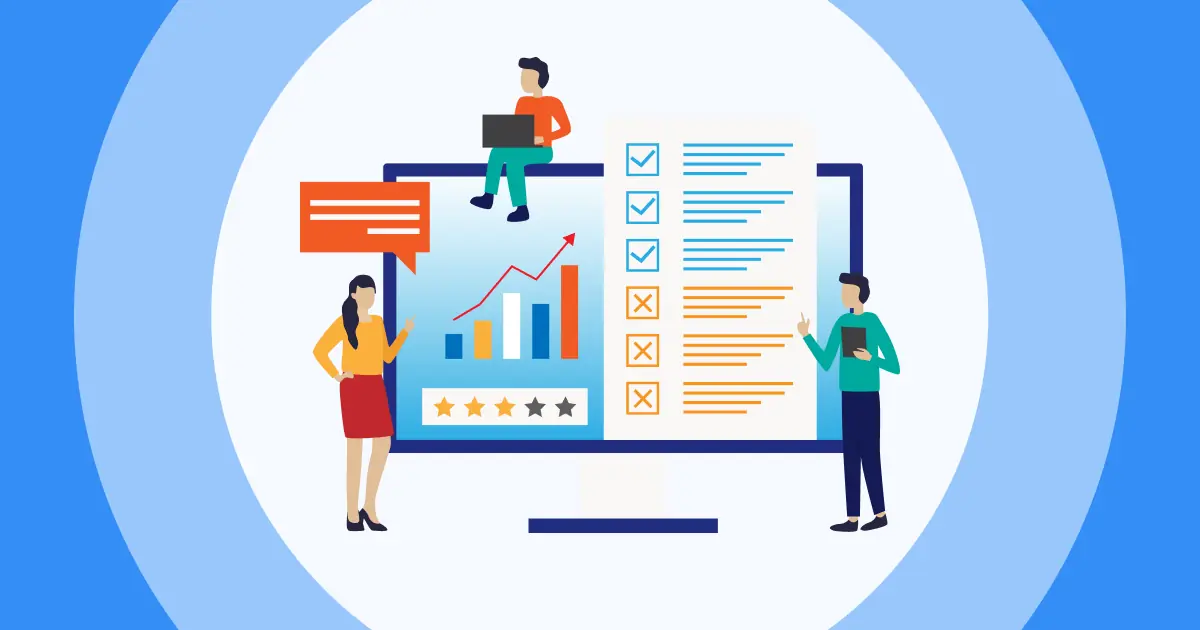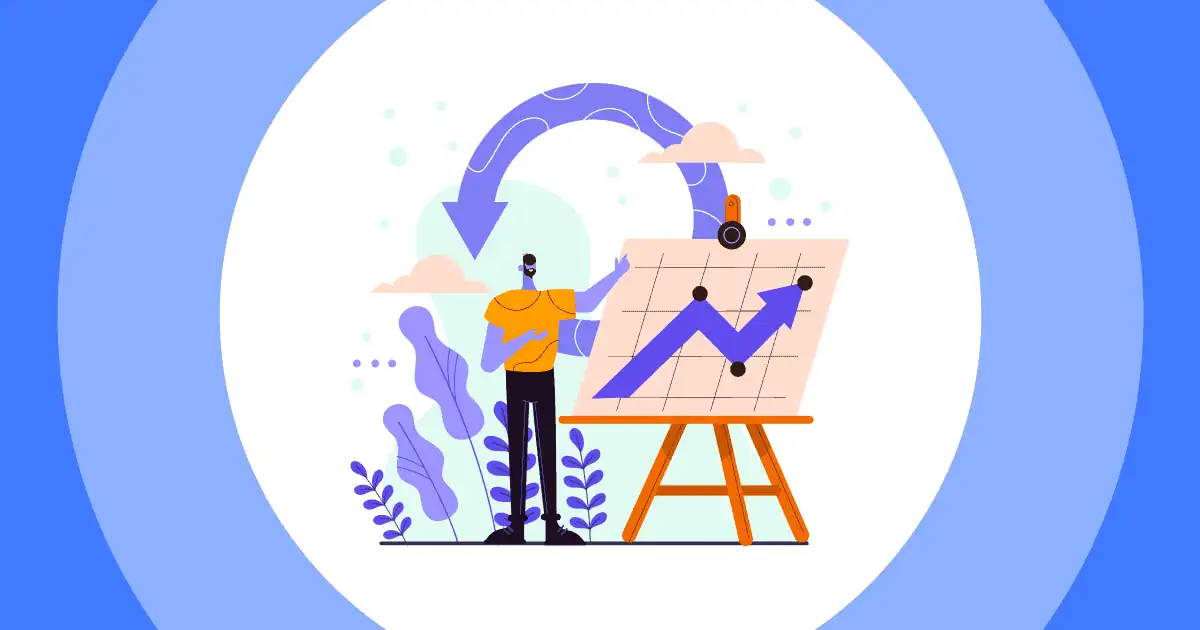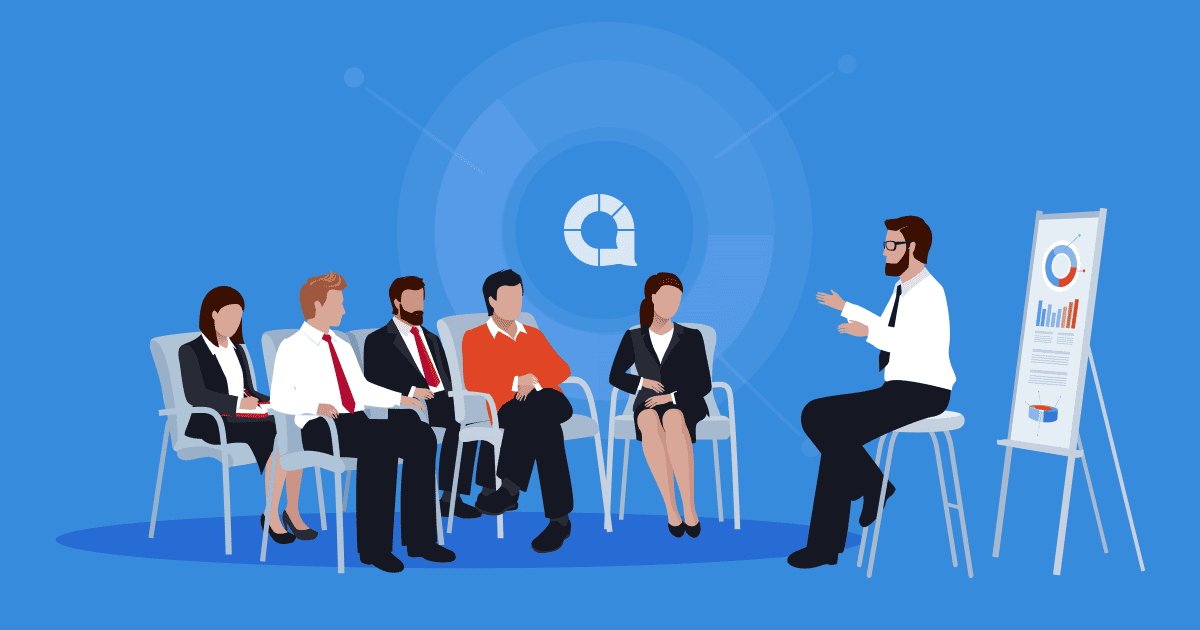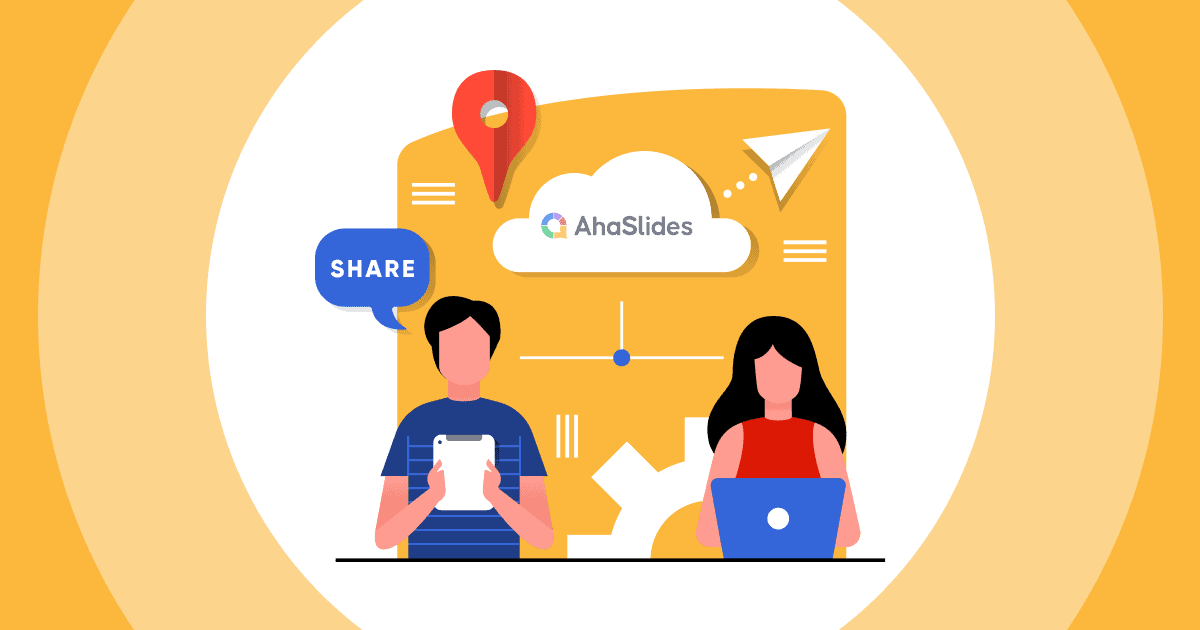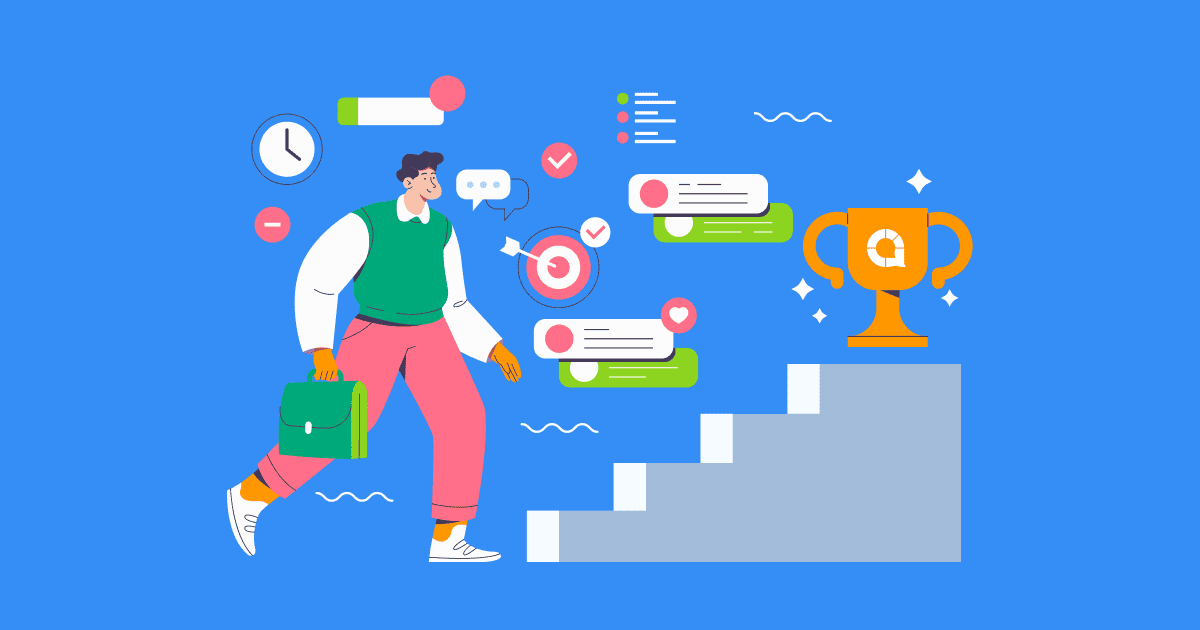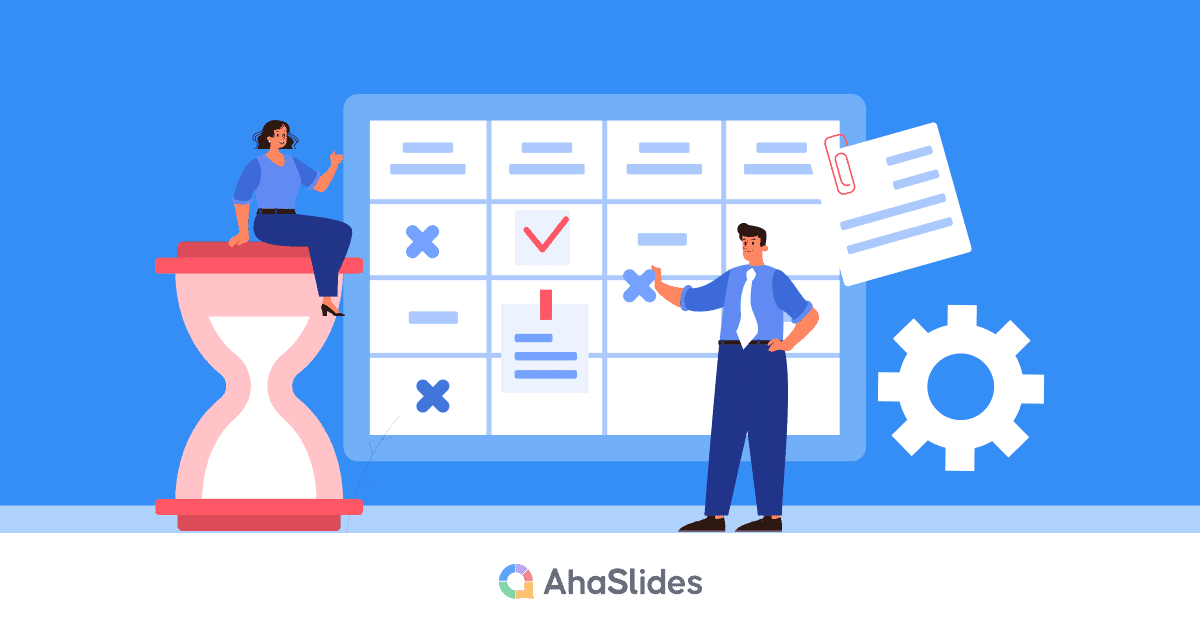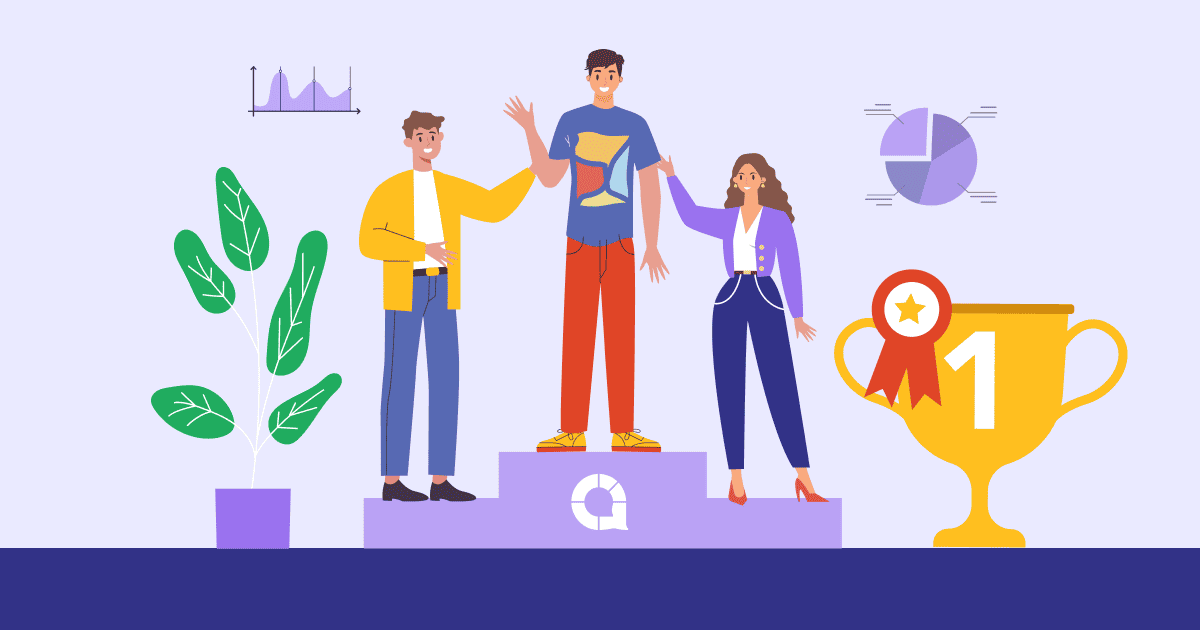Do you want to keep your employees motivated and engaged? Do you want to help them reach their full potential? Then, you need to invest in employee development planning. Employee Development Planning is the key to unlocking the full potential of your employees and driving your organization toward success.
In this post, we'll walk you through the basics of Employee Development Planning, its benefits, and how to help your employee create an employee development plan with examples.
Let's dive in!
| Who is responsible for employee development planning? | Both organization and each employee. |
| What are the objectives of the employee development plan? | To boost employees’ growth, keep the best employees on board, and meet the company’s goals. |
Table of Contents
- What Is Employee Development Planning And Its Benefits?
- Employee Development Planning: A Step-by-Step Guide
- Employee Development Planning Examples
- Final Thoughts
- Frequently Asked Questions
Tips for Better Engagement
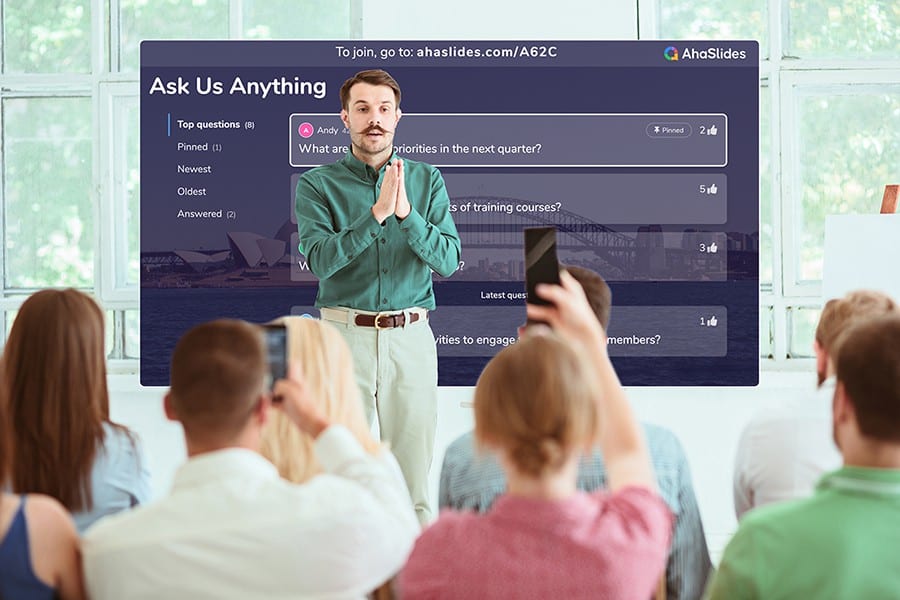
Looking for Ways to Train your Team?
Gather your team members by a fun quiz on AhaSlides. Sign up to take free quiz from AhaSlides template library!
🚀 Grab Free Quiz☁️
What Is Employee Development Planning And Its Benefits?
Employee Development Planning is a strategic process that focuses on helping employees grow, learn, and reach their full potential within an organization. It goes beyond just training and encompasses a thoughtful approach to nurturing talent and enhancing skills.
In simple terms, it's like crafting a personalized roadmap for each employee's professional journey. This roadmap takes into account their strengths, weaknesses, and career aspirations, aligning them with the organization's objectives.
The goal of Employee Development Planning is to empower employees to thrive in their roles, acquire new skills, and stay motivated and engaged. By investing in their growth, organizations create a positive and productive work environment, leading to higher job satisfaction and employee retention.
Why Employee Development Planning Matters?
Employee Development Planning matters because it is a win-win situation, benefiting both employees and the organization. Employees get opportunities to learn and progress, while businesses gain a skilled and loyal workforce that contributes to their success.
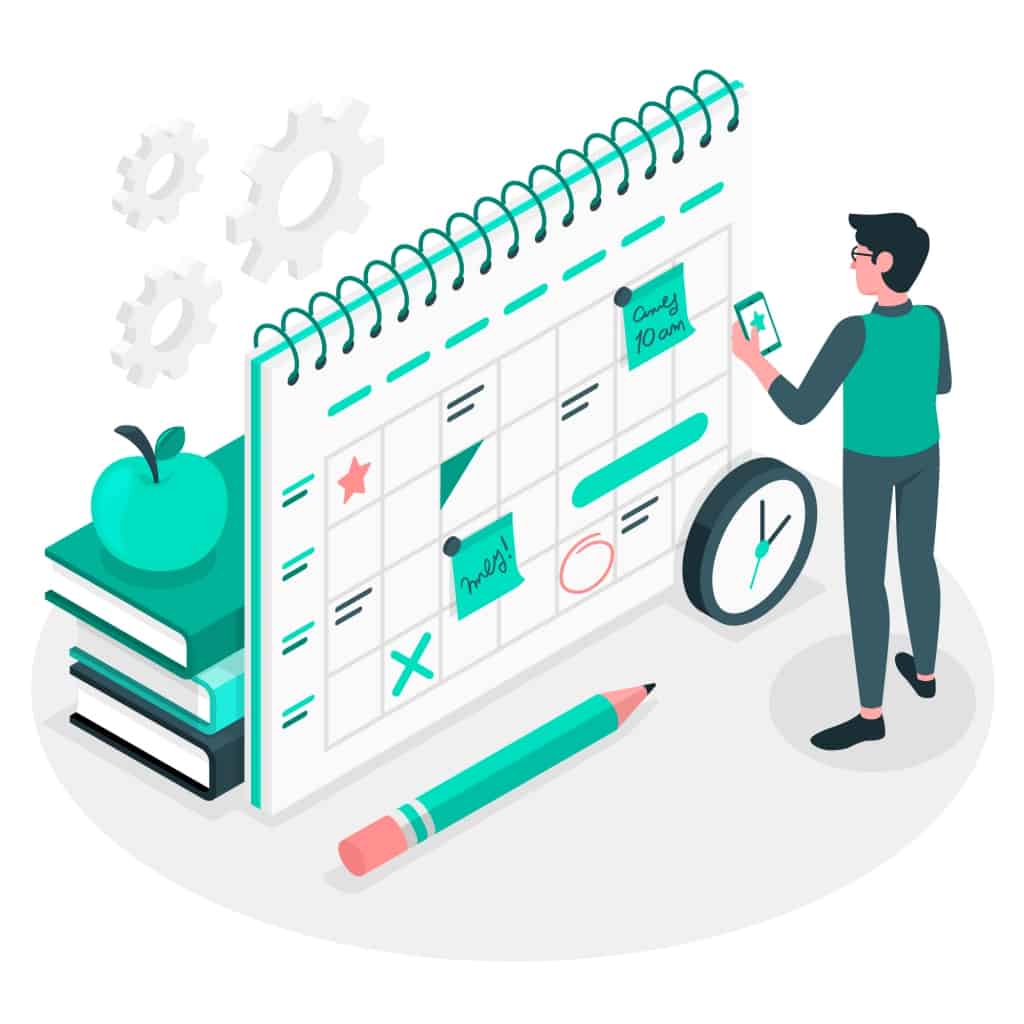
Employee Development Planning: A Step-by-Step Guide
Creating a development plan may appear straightforward, but it's common for employees to face challenges in this process. To assist you in supporting your employees effectively, here are some steps to guide them in creating a successful development plan.
Step 1: Get to Know Your Employees
Have you had one-on-one conversations with your employees to understand their career goals and aspirations?
First things first, take some time to have one-on-one conversations with your employees. Ask about their career goals, aspirations, and areas where they feel they need to grow. This friendly chat will help you understand their individual needs and preferences.
It's essential to create a safe and supportive environment where they feel comfortable sharing their thoughts and ambitions.
Step 2: Set Specific, Realistic Goals
Have you worked together with your employees to define specific and achievable development goals?
Working together with your employee during this process ensures that the goals are not imposed but mutually agreed upon, promoting a sense of ownership and commitment. Here's how you can approach this step:
- Identify common themes and areas that align with the organization's goals and needs.
- Help your employee prioritize their development goals based on their interests, strengths, and relevance to their current and future roles.
- Encourage your employee to articulate their goals in a specific and measurable manner.
- Consider how the goals align with growth opportunities within the organization. Are there projects, workshops, or training programs that can support the achievement of these goals?

Step 3: Curate Personalized Development Activities
What kind of development activities have you considered that cater to each employee's learning style?
When curating personalized development activities, it's essential to consider a variety of options that cater to different learning styles such as:
Interactive Workshops:
For employees who thrive in interactive and collaborative environments, workshops, or training sessions to engage in real-time polls, quizzes, and interactive templates are a good choice. This hands-on approach not only keeps employees engaged but also provides valuable feedback to gauge their understanding of the material.
Self-Paced Learning:
Some employees prefer to learn at their own pace and convenience. You can utilize the flexibility of self-paced learning through pre-recorded presentations or interactive slides. Employees can access these resources anytime, anywhere, and revisit them as needed to reinforce their understanding.
Virtual Webinars and Web-Based Courses:
For employees who prefer online learning, you can use features that can be integrated into webinars or web-based courses. Interactive features like live polls and Q&A sessions enhance participation and keep learners actively involved, even in a virtual setting.
Employee Competitions and Games:
Create fun and engaging competitions or games that cater to employees who enjoy a competitive learning environment. Quizzes, trivia, spinner wheel, or knowledge challenges can foster healthy competition and motivation to excel.
Surveys and Feedback Collection:
Encourage employees to share their feedback and insights on the development activities through surveys and polls. This interactive feedback mechanism allows employees to voice their opinions, fostering a sense of involvement in shaping their learning experiences.
Interactive Brainstorming Sessions:
For employees who prefer brainstorming and ideation, teams can collaborate in the real-time word cloud, sharing ideas and voting on the best solutions to challenges.
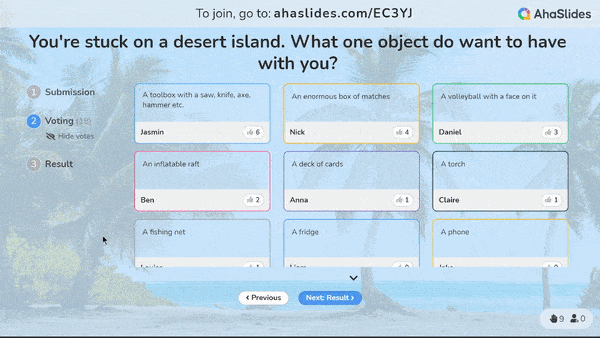
Step 4: Create a Timeline
Have you broken down the development activities into manageable steps with set deadlines?
To keep things on track, create a timeline for the development plan. Break down the activities into manageable steps and set deadlines for completion. This will help both you and your employees stay focused and motivated throughout the process.
Employee Development Planning Examples
Here are some examples of Employee Development Plans:
Example 1: Leadership Development Plan
Career Goal: To advance to a leadership role within the marketing department.
Development Activities:
- Attend a leadership development workshop to enhance managerial skills.
- Participate in a mentorship program with the marketing director to gain insights into leadership strategies.
- Take on a leadership role in a cross-functional project to practice decision-making and team management.
- Complete an online course on effective communication and conflict resolution.
- Attend industry conferences and networking events to expand leadership skills and knowledge.
Timeline:
- Leadership Workshop: Month 1
- Mentorship Program: Months 2-6
- Cross-Functional Project: Months 7-9
- Online Course: Months 10-12
- Conferences and Networking Events: Ongoing throughout the year
Example 2: Technical Skills Development Plan
Career Goal: To become a proficient data analyst within the finance department.
Development Activities:
- Enroll in an advanced Excel training course to improve data analysis and visualization skills.
- Participate in a data analytics certification program to gain expertise in data manipulation and statistical analysis.
- Take on data-centric projects to apply newly acquired skills in real-world scenarios.
- Attend workshops on data security and data privacy to ensure compliance with regulations.
- Join online forums and communities to collaborate and learn from experienced data analysts.
Timeline:
- Excel Training: Months 1-2
- Data Analytics Certification: Months 3-8
- Data-Centric Projects: Ongoing throughout the year
- Data Security Workshops: Month 9
- Online Forums: Ongoing throughout the year

Final Thoughts
Employee Development Planning is a powerful tool that empowers employees to grow, learn, and achieve their career goals. It fosters a culture of continuous learning and personal development within organizations, leading to higher employee engagement, improved performance, and increased retention rates.
By incorporating interactive tools like AhaSlides into development activities, such as workshops, webinars, and quizzes, organizations can enhance the learning experience and cater to diverse learning styles. AhaSlides helps you create an engaging atmosphere that keeps employees actively involved and motivated to excel in their development journey.
Frequently Asked Questions
What is an employee development plan?
Employee Development Plan is a plan that focuses on helping employees grow, learn, and reach their full potential within an organization. It involves identifying employees' career aspirations, strengths, and areas for improvement and then creating a tailored roadmap for their professional development.
How do you create an employee development plan?
Tocreate an employee development plan, you can conduct one-on-one discussions with employees to understand their career goals, interests, and areas for improvement, define specific and achievable development goals aligned with their aspirations, offer a mix of development activities, establish a timeline with milestones to track progress and keep employees motivated.
